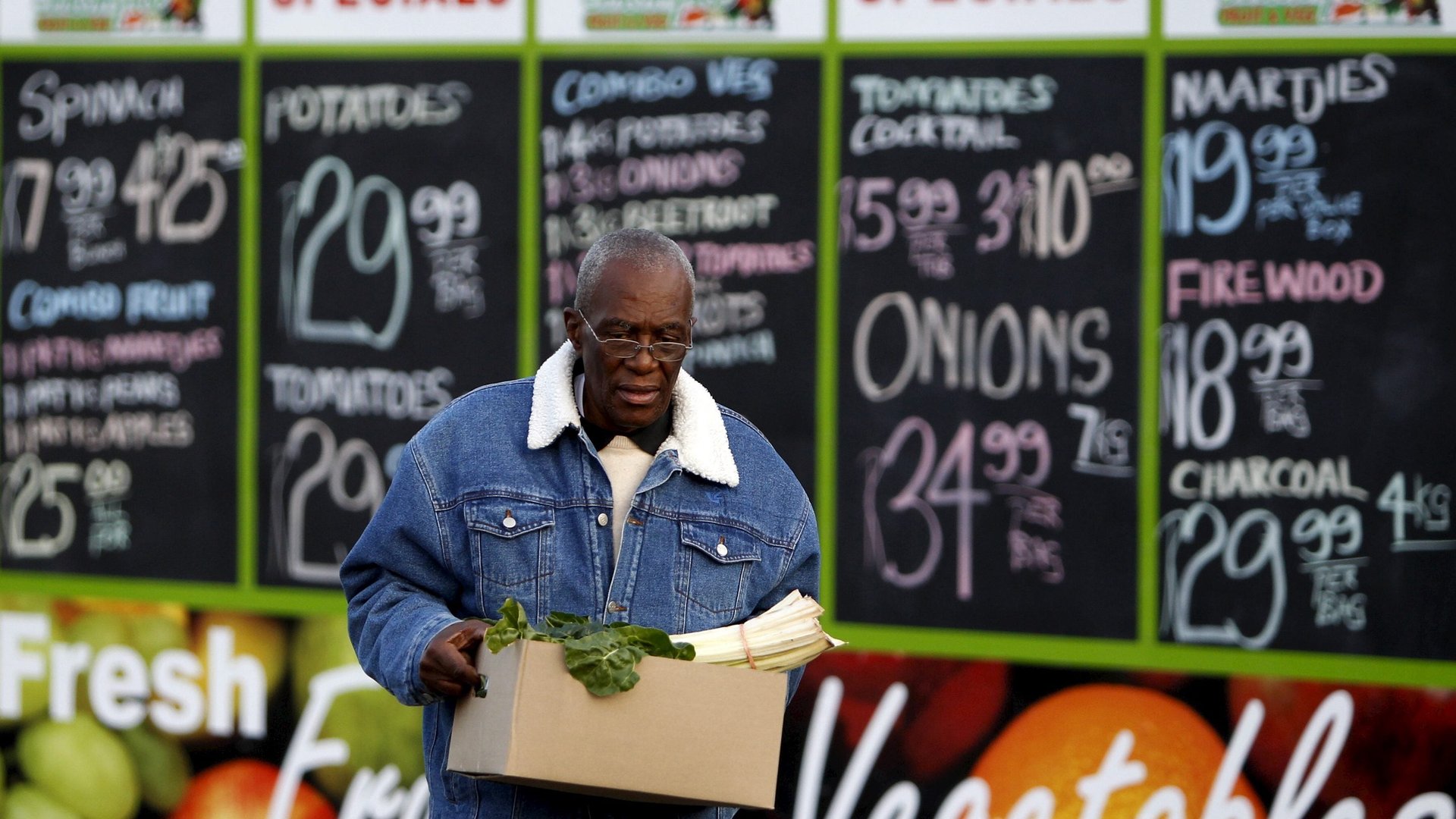Covid-19 is distorting inflation numbers around the world
According to the US government’s official figures, inflation was -0.7% in April. Normally, that number would indicate that the average price of goods and services purchased by Americans dropped by about 0.7% from March to April. Due to Covid-19, that number is way off, says Harvard Business School economist Alberto Cavallo, one of the world’s leading researchers on inflation.


According to the US government’s official figures, inflation was -0.7% in April. Normally, that number would indicate that the average price of goods and services purchased by Americans dropped by about 0.7% from March to April. Due to Covid-19, that number is way off, says Harvard Business School economist Alberto Cavallo, one of the world’s leading researchers on inflation.
Covid-19 has radically changed what Americans are buying. People are spending a lot more money on food at grocery stores and a lot less on transportation, healthcare and clothes. Also, since overall spending is down, housing costs now represent a larger share of most people’s expenditures.
Inflation numbers are calculated based on how much the cost of a typical “basket” of goods and services changes over time. Since consumption habits change, that basket is updated annually. For example, this ensures that inflation reflects that spending on music streaming services has surpassed spending on CDs. But inflation metrics haven’t been able to react quickly enough to the pandemic. The last adjustment to the basket happened in December 2019, and was based on consumption data from 2017 and 2018.
For a recently released study, Cavallo attempted to calculate inflation after accounting for changes in what people are buying. Cavallo used credit and debit card data collected by the research group Opportunity Insights to determine what people are spending money on and then calculated the inflation of these products. He found that inflation only fell 0.1% in April, a 0.6% difference from the government’s official figure. The official numbers show no inflation in May, but Cavallo finds an increase of over 0.1%.
Cavallo also looked into how Covid-19 purchasing habits are affecting inflation in 16 other countries. Since Cavallo did not have credit card data for these other countries, he assumed that consumption patterns changed at the same relative magnitude as they did in the US. His adjusted inflation figures were higher than official ones in 10 out of these 16 countries. The UK is one of the six countries that had lower inflation, in large part because food bought at grocery stores has been getting cheaper during the pandemic.
Cavallo thinks that his adjusted inflation numbers may actually be underestimates of true inflation. For example, in the US, the Bureau of Labor Statistics, the organization which measures inflation, has been unable to obtain prices for some goods because many stores have run out and are no longer selling them. As a result, prices for these products remain static in the inflation calculation. Yet it is these high demand products that are likely getting more expensive.
Accurately measuring inflation is key for public policy, says Cavallo. “The two most important economic indicators are employment and inflation,” Cavallo tells Quartz. “Unemployment numbers are showing that people are losing their incomes. Inflation numbers show that, in some cases, the prices of the goods they spend on the most are rising faster than what they aren’t spending on at the moment.” Central banks and governments responding to Covid-19 must recognize that if the cost of living is higher than official numbers suggest, aid packages might not go as far as they think.